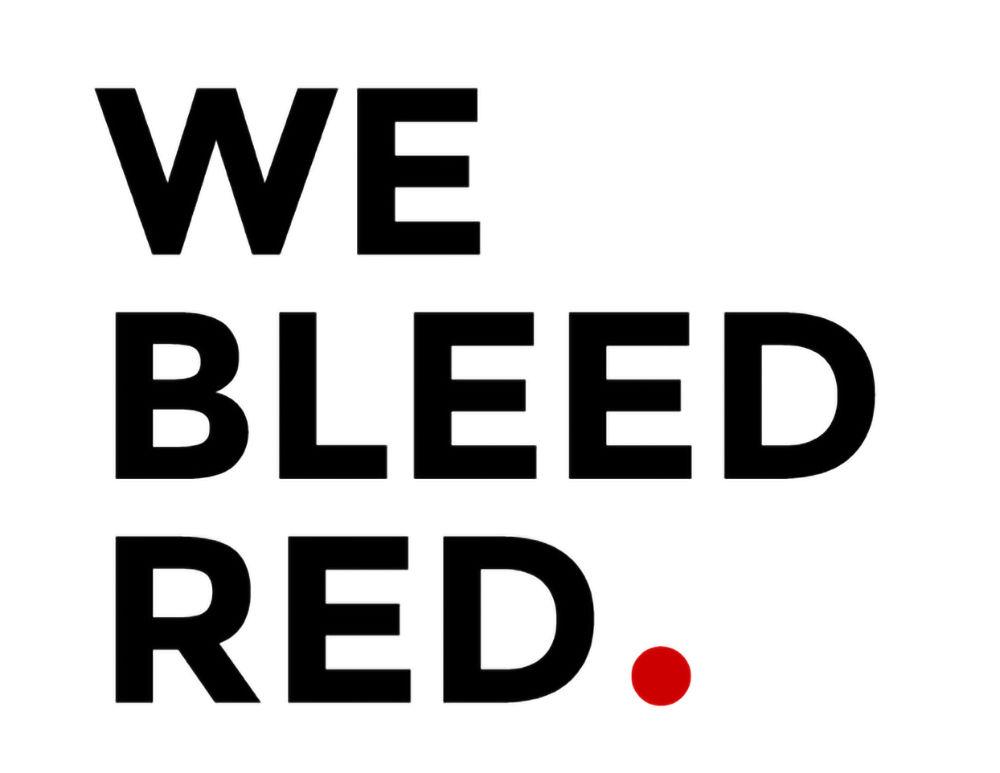NC State’s We Bleed Red student organization recently evaluated most buildings on main campus and affirmed that the university provides a scarce and inefficient amount of menstrual resources to many of its students.
During the campus walk on Jan. 18, We Bleed Red volunteers went into university bathrooms and assessed which ones had proper dispensers for menstrual products like tampons and pads. In addition, volunteers checked which dispensers were properly working and stocked.
Mia Connell, a fourth-year student studying political science and sociology and the founder of We Bleed Red, helped to plan the walk. She said that the goal of the walk was to gather data and to create a campus map, giving students a visualization of which facilities have and do not have the proper menstruation resources.
“It is very important to hold the university accountable for the resources they claim to be providing, but they ultimately are not,” Connell said. “With the campus map, students can see visually how dry our campus is regarding [menstrual] resources. It is also a very good marketing and advocacy opportunity.”
According to the campus walk data provided by Connell, the following buildings do not have dispensers in any of the bathrooms: The Biomanufacturing Training and Education Center (BTEC), Grinnells Lab, the Jordan Hall Addition, Kilgore Hall, Park Shops, Riddick Hall and Ricks Hall.
Broughton has one dispenser in the building, but the dispenser is broken, along with dispensers in Burlington Labs, the Cox/Dabney building, Engineering Building III, Mann Hall, Patterson Hall, the Pulp & Paper Labs, Scott Hall, Textiles Buildings II and III, Tompkins Hall and all three dispensers in Withers Hall, according to the data.
In addition, every building which had a dispenser included at least one which was not stocked. In Textiles I, there were five dispensers, none of which were stocked, according to the data.
Connell stated that she was not shocked by the data found after the campus walk.
“Clearly, NC State is lacking products,” Connell said. “We don’t have dispensers in a lot of the bathrooms, and most of them are not working or not stocked. The university is also actively taking out dispensers out of bathrooms. They just recently took out the dispensers in Witherspoon last year, so that is just counterproductive.”
According to the data, in Textiles Buildings II and III, the machine would not take the coin to dispense the product. In Hodges Wood Products, the dispenser costs 25 cents, and in Weaver Labs, it costs 10 cents.
“It is really disappointing that students have to pay for these resources,” Connell said. “But I would rather be able to pay 25 cents for a tampon and not have to go home from school and miss class, information you need for a test or even miss a test.”
The data from the campus walk has not been completed. We Bleed Red is still awaiting information on the bathrooms in Bostian Hall, Brooks Hall, Daniels Hall and many more.
Isabella Lee, a fourth-year studying political science and French and the event coordinator for We Bleed Red, reflected on her time during the walk.
“I think the most shocking piece from the data and also from personally walking around campus and collecting some of that data firsthand is that… a lot of the machines were broken or empty,” Lee said. “It begs the question: Why put these machines in here if you are not going to fill them, or why aren’t people filling them?”
Connell stated that Talley Student Union costs about $2,000 to stock with feminine products, along with Carmichael Gym.
“I would imagine that every other building costs less to stock,” Connell said. “For a very long time, the university refused to acknowledge this issue and said it was too expensive, but when we actually see the numbers, we can see that it’s actually not too expensive.”
However, according to Connell, there are guidelines that state a university cannot purchase personal items with certain funds.
“I recognize that [the university] has to abide by [these rules] in order to follow state guidelines that are set by the Board of Governors, but those are policies that can change with enough people advocating for it,” Connell said. “We need people at the higher level advocating for it as well.”
With over 32,000 students on campus, We Bleed Red is awaiting action from the university. Connell stated that there are a number of ways NC State can remedy this ongoing issue.
“NC State should focus on stocking the machines that we have in bathrooms and making sure the machines are properly working,” Connell said. “State should also increase the number of machines. There should be machines in all women’s and gender neutral bathrooms. To make it even better, make those machines free.”
Connell believes that menstrual care and resources are part of students’ academic lives and intersects with their daily activities.
“I think that access to menstrual care is a form of healthcare and should be available to all of our students,” Connell said.
According to Lee, We Bleed Red will attempt to finish this project and complete central campus data by the end of the month or mid-February.
The campus walk was just the first step in addressing the lack of menstrual resources on campus. More information about We Bleed Red can be found on its Instagram.








